Metering pumps deliver a precise amount of liquid into a process within a specific period of time. The delivery must be accurate, linear, and repeatable, according to the American Petroleum Institute (API) Standard 675. Yet, heavy pulsation that occurs with single-diaphragm metering pumps can be dangerous and can cause severe damage.
When testing one such single-diaphragm pump, within the first 5 seconds of operation, the pulsing activity was so extreme that it tore the plumbing off the wall, removing the metal bolts from the wooden beams that secured them. The pulsing can be violent and sound like someone hammering metal. For this and other reasons, it is necessary to use a pulsation dampener on a single diaphragm pump to avoid plumping damage and wear and tear to the equipment.
During the ongoing process, the pumping action causes “pulsations” throughout the pumping system (e.g., pipes, pressure valves). For single-diaphragm pumps, an expensive pulsation dampener ameliorates the effects of pulsation—which can include pipe strain, water hammer, friction, and acceleration losses.
There are several different metering pump technologies; however, the multiple-diaphragm design of Hydra-Cell Metering Solutions pumps provides smooth, linear, virtually pulse-free flow without the need for pulsation dampeners.
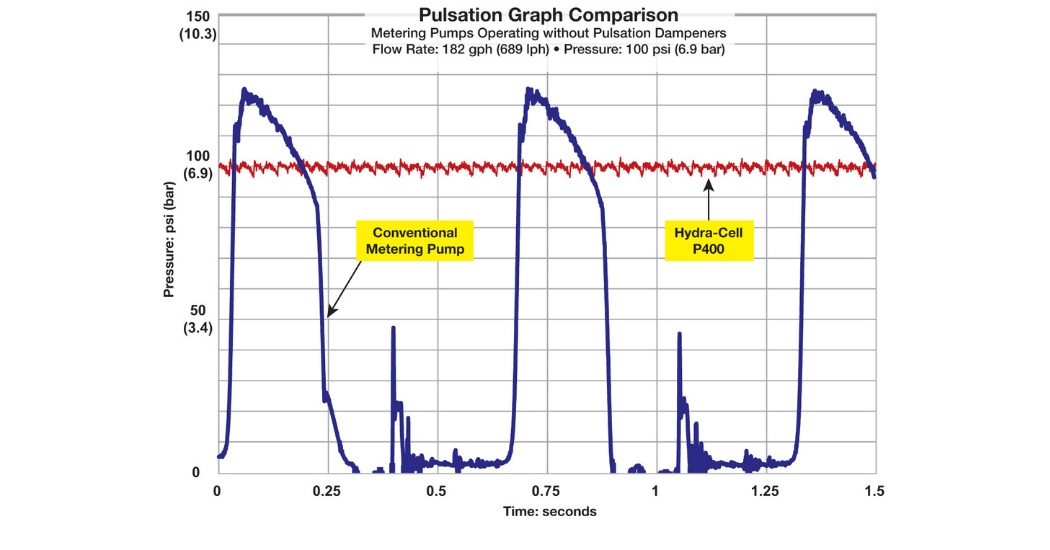
The Pulse-Free Advantage
Single-diaphragm pumps (or single plunger pumps) have pressure strokes and a suction stroke. When the pump changes over from pressure to suction, there is a tremendous surge of fluid that can cause the pressure to be very erratic—plunging from maximum pressure all the way down to zero in the blink of an eye. In these cases, a pulsation dampener is required to even out that gush of fluid.
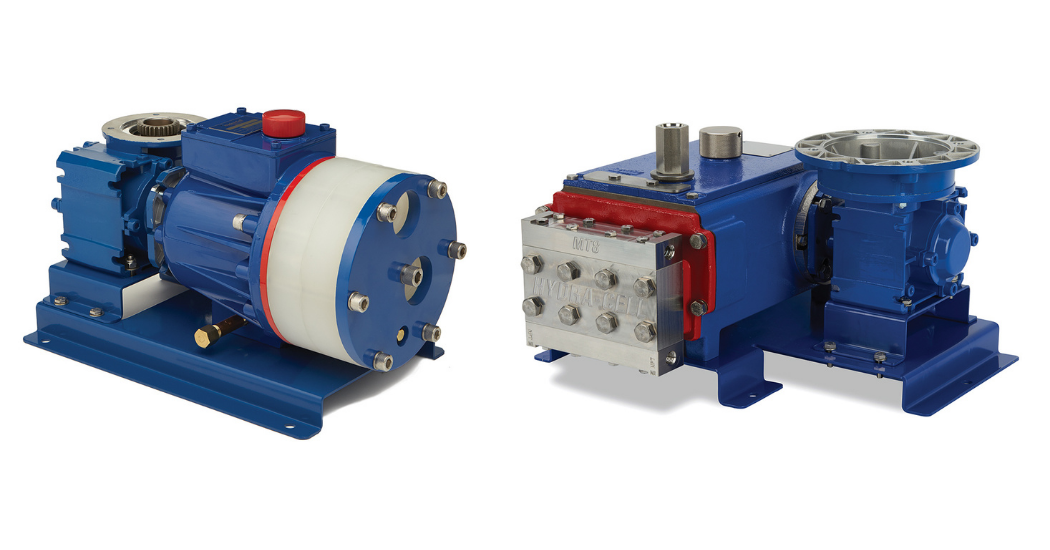
Hydra-Cell pumps have multiple diaphragms—generally between three and five. With multiple diaphragms, there is always one diaphragm moving forward on the pressure stroke, and there is one diaphragm moving backward on the suction stroke. This diminishes the pulses, or gushes, of fluid that can occur with single-diaphragm pumps. With multiple-diaphragm pumps, there is a constant, steady pressure and flow, which eliminates the need for pulsation dampeners. Even when Hydra-Cell metering pumps run at their slowest speeds, the minimal pulses are nowhere near the best-case scenario for single-diaphragm pumps.
Because of the fluctuation of flows for all pumps, there are API standards for pumps. This strict testing criteria allows the end-user to know that over certain periods of time, the pump is checked for accurate and consistent flow. When the pump flow is increased or decreased, the flow must remain consistent no matter where it falls on the performance curve. For repeatability testing standards, the pump is operated at 100 percent capacity, then dropped down to 50 percent capacity, then increased to 75 percent (for example). The flow must remain the same at all testing levels.
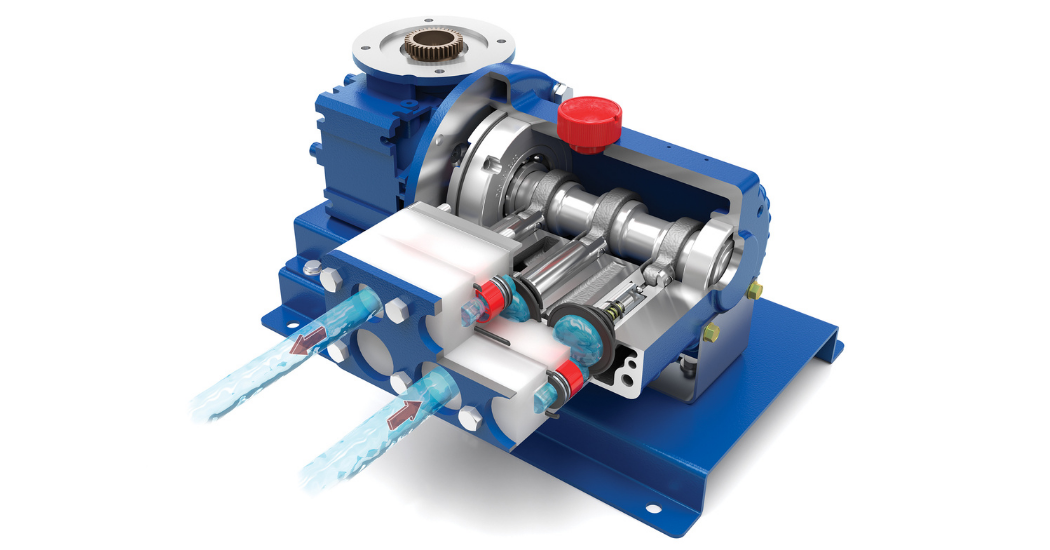
Advantages of Hydra-Cell Multi-Diaphragm Metering Pumps
In addition to not requiring expensive pulsation dampeners and protecting the plumbing, Hydra-Cell Metering Pumps have many advantages, including:
- More accurate and reliable electronic flow control
- Application versatility due to a wide range of materials of construction
- Improved energy efficiency
- Smaller footprint, but still achieve the required flow and pressure
- Continuous, steady operation with minimal pulsing
- Minimal maintenance required
- No manual stroke adjustment needed
- VFDs are used to control the speed of the pump
- API compliant flows ranging from .06 gph up to well over 1000 gph
- Multiple diaphragm options and materials are available
Hydra-Cell multi-diaphragm metering pumps are used in a variety of industries, including chemical, pharmaceutical, polyurethane, engineered wood, oil and gas, power generation, boiler feed, wastewater treatment, candy making, and car wash industries.
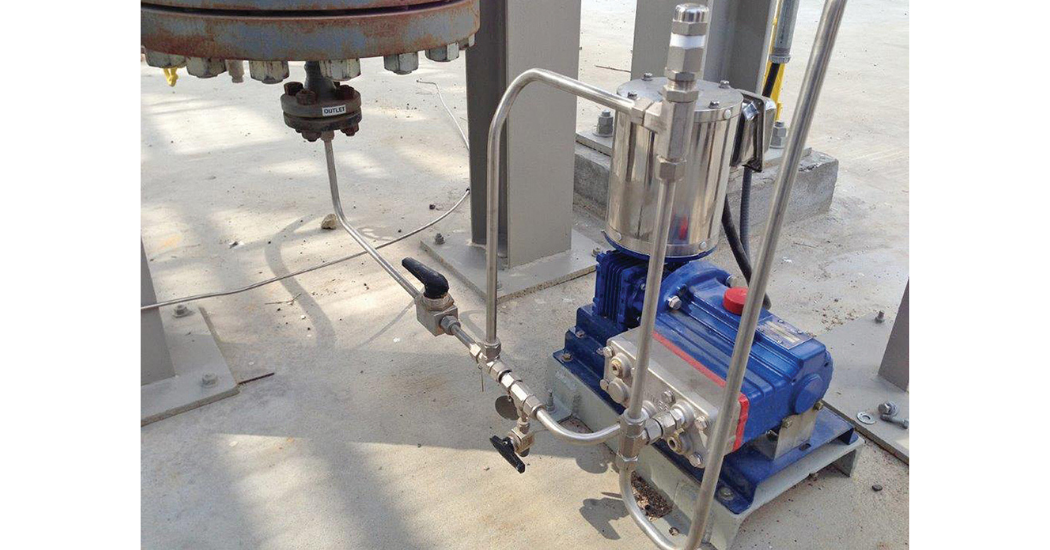
If you are looking for an energy-efficient, cost-effective metering pump that can run without a pulsation dampener and without damaging the plumbing or system equipment, then the multi-diaphragm Hydra-Cell metering pump is the answer.
Author: Neil Taylor, Lead Engineer for Metering Product Line, Hydra-Cell

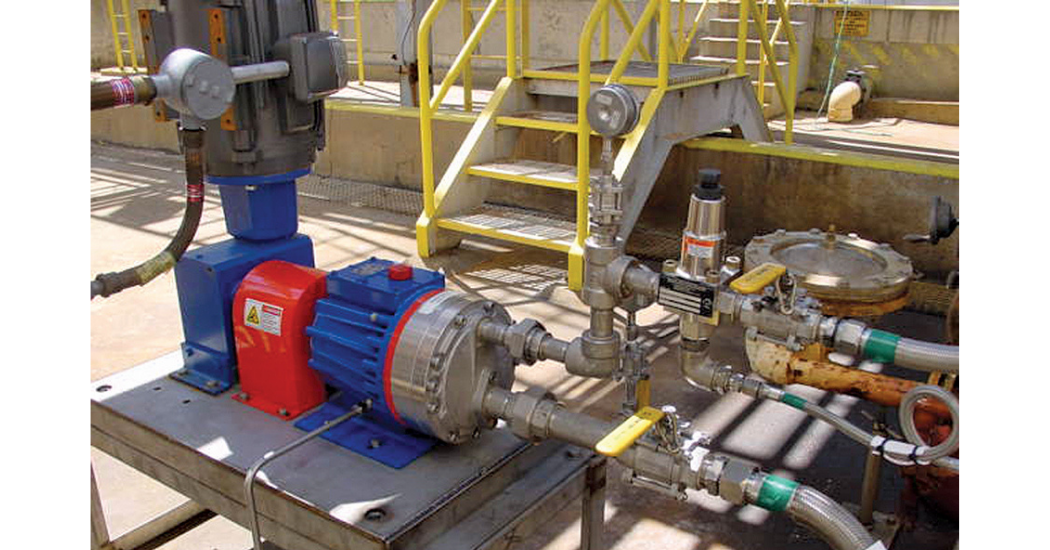

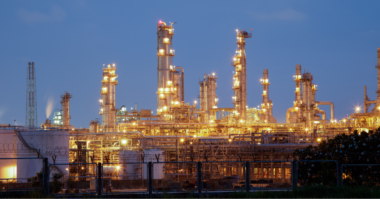
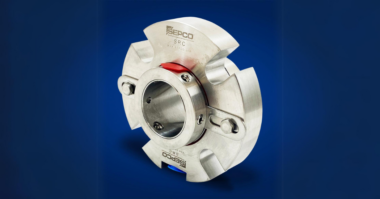
Comments